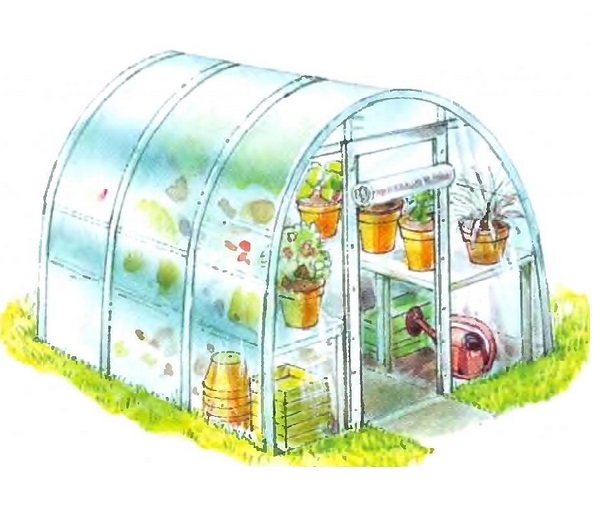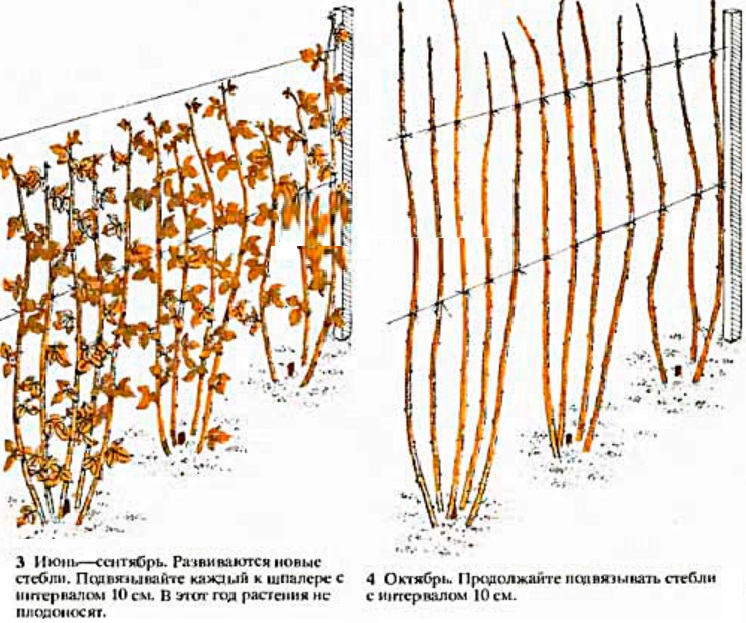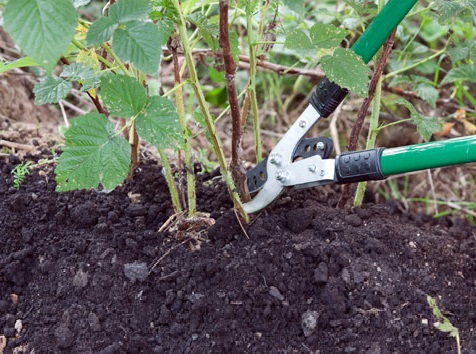Autumn Garlic Planting: Timing and Techniques
Garlic is typically planted in the fall, usually in October or early November. This allows it to sprout and strengthen before the onset of winter. As temperatures rise in spring, the garlic will start growing and flower in June or July of the following year.
Using traditional winter garlic planting techniques (depth of 3 to 7 cm), planting should be done 12 – 22 days before the onset of cold weather. In the middle belt of Russia, planting should be around the last decade of September or the first decade of October. For Western and Southern Europe, as well as other milder regions, planting occurs sometime in November.
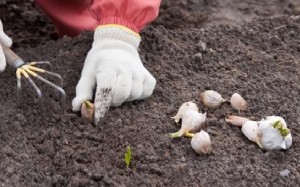
However, increasing the planting depth of garlic to 15 cm before winter allows for planting from the last days of August to the third decade of October in regions with colder climates. Deeper planting enhances rooting in winter garlic, thereby improving its survival over the winter period.
Selecting and Preparing the Planting Site
Preparation: Choose a location with ample sunlight and well-drained soil. Ensure a sufficient water regime and a neutral pH (between 6 and 6.5), such as light loam and sandy loam. Avoid planting winter garlic in areas with high groundwater or in locations prone to flooding during thaw periods.
It is better to avoid planting garlic in areas fertilized with manure, as it leads to excessive foliage and increases the risk of fungal infection.
Garlic thrives in a well-lit area. The bed for winter garlic should be about a meter wide.
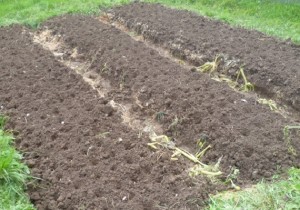
The soil for winter garlic should be well-tilled, and weeds removed. It’s necessary to add potassium-phosphorus fertilizer, often substituted with wood ash.
Preparing Garlic for Winter Planting
Choosing when and where to plant garlic is essential, but preparing the garlic itself is equally important. One of the most common varieties is the purple-striped garlic, characterized as hardy and unpretentious. There are types of garlic that can be stored for up to three seasons. When renewing purple-striped garlic using air bulbs, it can yield record-breaking results: bulbs can weigh up to 150 grams.

It’s advisable to source planting material close to where the garlic will be grown. When purchasing winter garlic, select the largest specimens without mechanical damage and signs of disease (no unusual gray or greenish spots on the bulbs).
Before planting, break the garlic head into cloves, selecting the largest ones. Once the bulbs are separated into cloves, they should be treated in a copper sulfate solution for a day.
How to Plant Garlic
In the prepared soil, mark the spots for planting winter garlic, following a 100 x 150 mm scheme. The planting depth should be 50 – 150 mm (depending on the timing of planting).
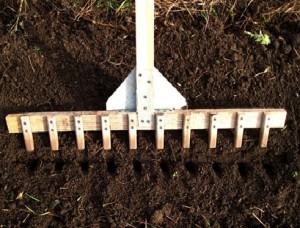
- Choose the Right Location: Garlic prefers dry, light, and cool soil.
- Prepare the Soil: Treat the soil to remove all weeds and add compost or ground soil to improve soil structure.
- Plant the Garlic: Place the bulbs or cloves at a depth of about 5 cm, spacing the plants about 15-20 cm apart.
- Watering: After planting, ensure sufficient water to keep the soil moist.
Protect from Frost: Once the temperature drops below 0°C, cover the garlic with a layer of dry grass or pine needles to protect it from frost. This helps keep the plants healthy and ready for growth in spring.
Remember, garlic can be susceptible to garlic rot, which is caused by water sitting on the root surface for more than a few days. Therefore, proper soil drainage and watering practices are crucial.




